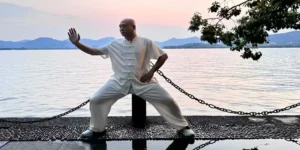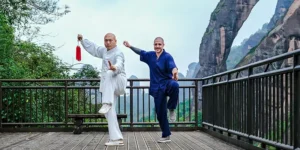Tai Chi Chuan philosophy is a principle drawn from the deep wellspring of Chinese thought, primarily Taoism, yet blended with Confucianism and Chan Buddhism. Tai chi is a moving meditation, a subtle martial art, and a path towards understanding the dynamic forces that constitute existence itself. To grasp its philosophy requires moving beyond the physical form.
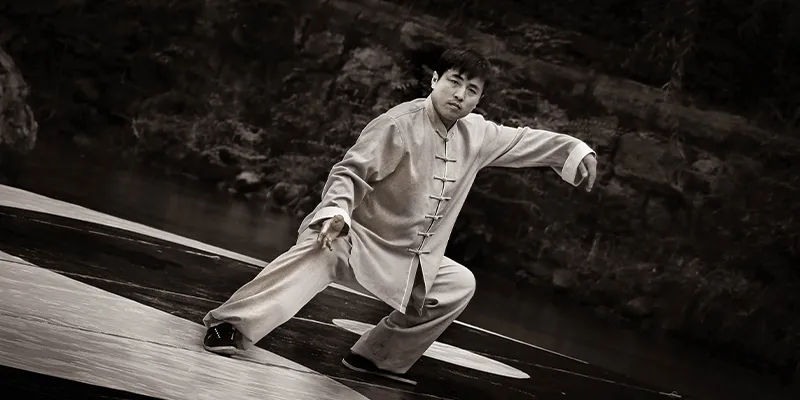
The Taoist Foundation: Dao Fa Zi Ran
Tai Chi Chuan philosophy rests on the ancient Taoist, the ineffable, ever-flowing source and principle of the universe. The core directive, Dao Fa Zi Ran—”The Dao follows what is natural”—is not a passive surrender but an active alignment with the inherent patterns and rhythms of existence.
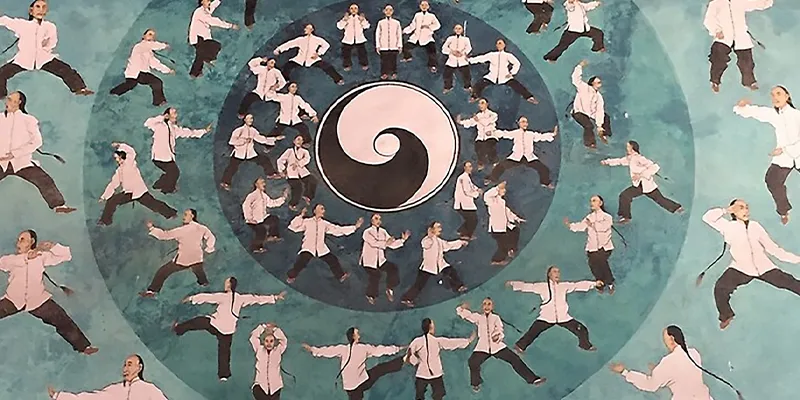
In Tai Chi practice, there is a profound emphasis on naturalness, spontaneity, and non-forcing. The practitioner strives to shed tension, contrived effort, and the ego’s desire to dominate. Movements are cultivated to arise not from muscular coercion, but from a deep internal relaxation and an attunement to the body’s inherent structure and the subtle energies within and around it.
Like water, which effortlessly flows around obstacles, finds its own level, and yet possesses immense power, the Tai Chi adept seeks to move with fluidity, adaptability, and an absence of wasteful struggle. This principle extends far beyond the practice hall; it becomes a guide for navigating life’s challenges with resilience, adaptability, and an understanding that true strength often lies in yielding and harmonizing rather than in rigid opposition.
The circular, spiraling patterns characteristic of Tai Chi forms are direct expressions of nature’s cycles and the non-linear, ever-transforming path of the Dao.
The Yin and Yang: Interdependence and Transformation
Central to understanding the universe, according to Chinese Tai Chi Chuan philosophy, is the ceaseless interplay and mutual dependence of Yin and Yang. In tai chi chuan every posture, every transition, and every application of force is an exploration of yin-yang relationships. Within a single stance, one leg bears weight (Yang) while the other remains empty and ready (Yin); the upper body may be relaxed and receptive (Yin) while the lower body is rooted and stable (Yang).
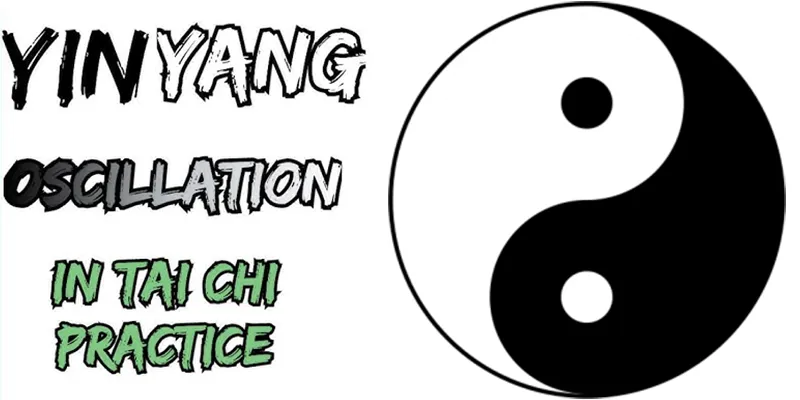
Movement itself arises from the continuous transformation of Yin into Yang and Yang into Yin—the closing (Yin) of one movement inherently contains the seed of the opening (Yang) of the next. The principle of “Substantial and Insubstantial” governs weight distribution and strategic intent, constantly shifting and never static. This dynamic balance extends to the very nature of force: yielding (Yin) is not weakness but the necessary precursor to issuing power (Yang); softness (Yin) overcomes hardness (Yang) not through confrontation but through absorption, redirection, and the exploitation of the opponent’s inherent imbalance.
Mastering Tai Chi is mastering Yin and Yang within oneself and in relation to the external world, recognizing that these opposites are not enemies but interdependent partners in the world.
The Softness Overcoming Hardness: Strategy of Wu Wei
Tai Chi Chuan Philosophy’s most renowned, yet often misunderstood, strategic principle: Yi Rou Ke Gang—”Using softness to overcome hardness.” This is the show of Wu Wei within the martial context. It is not passive capitulation but a highly sophisticated strategy of conservation, efficiency, and leveraging the opponent’s force. The Tai Chi practitioner cultivates a state of profound relaxation and sensitivity, enabling them to perceive the direction, strength, and intent of an incoming force with exquisite subtlety.
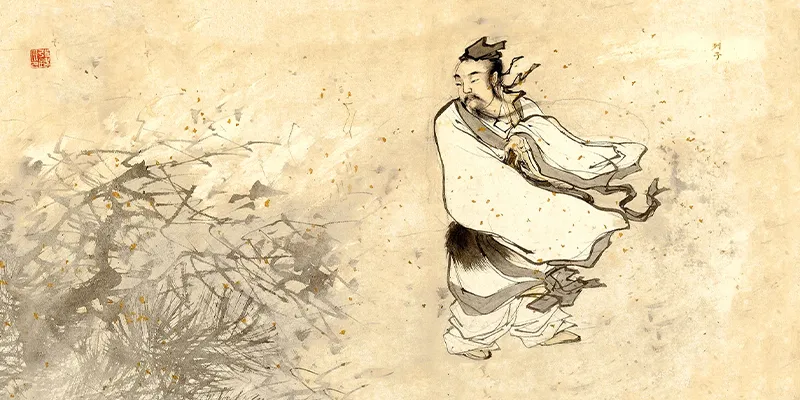
Rather than meeting force with brute, opposing force, the adept yields (Shou), adheres (Nian), and neutralizes (Hua Jin). This yielding is an active, guided process, drawing the opponent in, absorbing their momentum, and subtly redirecting it along a path of least resistance, often circular or spiraling, until their own force becomes the instrument of their imbalance or defeat.
This is the essence of “Four Ounces Deflecting a Thousand Pounds” (Si Liang Bo Qian Jin); it’s the minimal, precisely timed, and directed force to redirect a much larger force. Philosophically, it represents a profound truth: that flexibility, adaptability, and strategic yielding are often far more potent and enduring than rigid, unyielding strength. It teaches us about choosing one’s battles, conserving resources, and prevailing through intelligence and harmony rather than wasteful conflict.
Qi
Qi is the force or energy that animates all living things and flows through the universe. While interpretations vary, within Tai Chi Chuan philosophy, Qi is understood as the essential link between the physical body, the mind, and the spirit or intention. The practice is concerned with cultivating, circulating, and harmonizing this vital energy. Deep, diaphragmatic breathing coordinated with movement is the primary engine for this cultivation.
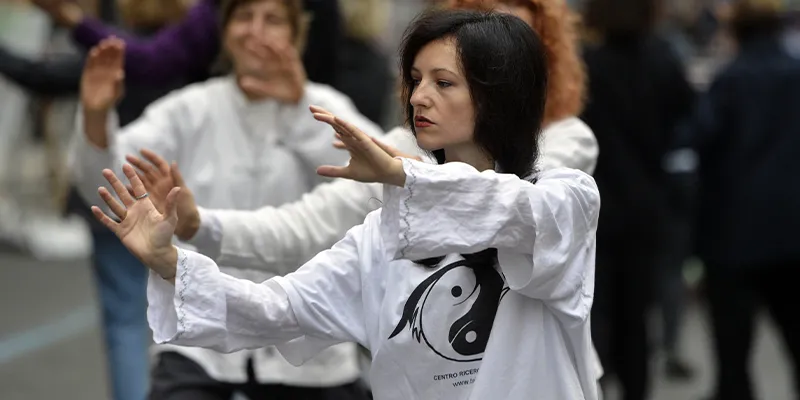
The mind, through focused intention, acts as the guide, directing the flow of Qi along specific pathways within the body, most notably sinking it to the Dantian and circulating it throughout the limbs and torso.
Qi results in movement that is integrated, powerful yet effortless, and emanating from the core rather than isolated limbs. This is not only martial efficacy but also deep internal health, vitality, and a profound sense of inner calm and centeredness. The practitioner learns to inhabit their body fully, aware of the subtle currents within, achieving a state of dynamic stillness and presence.
Ultimate Harmony
Tai Chi Chuan philosophy is the harmonious unity of body, mind, emotion, and spirit within the individual and the harmonious relationship between the individual and the larger cosmos. This is the expression of Tian Ren He Yi—the unity of Heaven and Humanity.
Through dedicated practice, the practitioner refines their character, developing virtues such as patience, perseverance, humility, calmness under pressure, and heightened self-awareness.
Tai Chi Chuan, therefore, is not merely a martial art or exercise system; it is a Dao Yin. It fosters a life lived with greater awareness, adaptability, inner peace, and harmonious integration with the ever-flowing Dao. It is, in its deepest essence, the art of embodying the dynamic stillness and transformative power.

